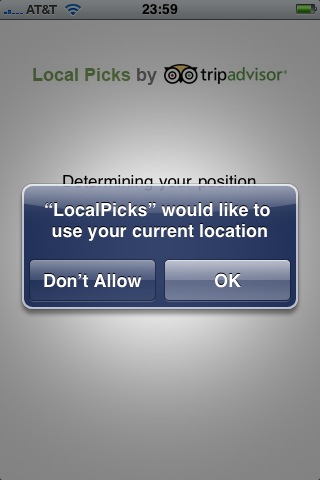
Apple’s app count continues to rise. The company mentioned yesterday as part of the new iPhone announcement, that it now has more than 50,000 apps in the App Store. As we’ve mentioned, it’s the apps (in addition to device features) that will drive sales in the increasingly competitive mobile device market.
But Apple also yesterday took a step toward making it easier for companies to build mobile products without having to spend time and money on native app development. Among the many new features of the iPhone 3Gs and “3.0” operating system were lots more functionality baked into the Safari mobile Web browser.
As we discussed last week, this greater functionality will allow some developers to essentially sidestep the process and investment in native app development by instead building mobile Web sites. With a more functional Web browser, they’ll be able to have features that were previously reserved for native apps.
It’s a little-known fact that Apple already lets developers use a “skin” that essentially makes a Web app look and feel like a native app. This is a standalone browser on which your Web app resides, with its own icon and ability for users to plant it on their iPhone home screen. So it’s really a glorified bookmark that opens a browser and automatically lands the user on your designated page.
The new browser functionality includes, most notably, location awareness — which has lots of implications for local search sites or any Web sites that wish to serve content (and ads) that are targeted to a user’s location. This will likely include some version of the opt-in alert given on many location-enabled apps that “would like to use your current location.”
Another notable upgrade is the ability to launch a map directly within the browser window. As we mentioned last week, map links currently close the browser and open Google Maps, which is a stilted process for the user. For the Web site, more importantly, this meant sending users away from your site.
The bottom line is that these features will be good for users — taking yet another step down the path of making the mobile Web more mainstream friendly (a $99 8GB iPhone won’t hurt either). But they’ll also make the mobile Web a more attractive place for innovation and product development to happen.
A lot of this development will focus on local search — or at least location targeted content delivery. It’s inherent in the mobile device’s (evolving) abilities. Many product developers and advertisers haven’t adopted this due to the economy, mobile marketing’s “experimental” status, and the standard lagging adoption of the supply side. This will change.

This Post Has One Comment
Leave a Reply
You must be logged in to post a comment.

We here at Fast411.com are proud to announce our new iPhone App Fast411 to be released in the next few days. It will be full voice recognition technology solving the problems of driving and typing. We will forward our print advertisers into the data base. We will offer nation wide local search with map and traffic cam integration. There has been many talented people involved with this process and more news will be released in the very near future. This system will be the first of its kind to be introduced in the US market. We will offer local search with voice, reverse phone book, maps, company websites, photos, videos, save to contacts, full map and directions integration and restaurant menus. Be looking for it in the App store within the next week!